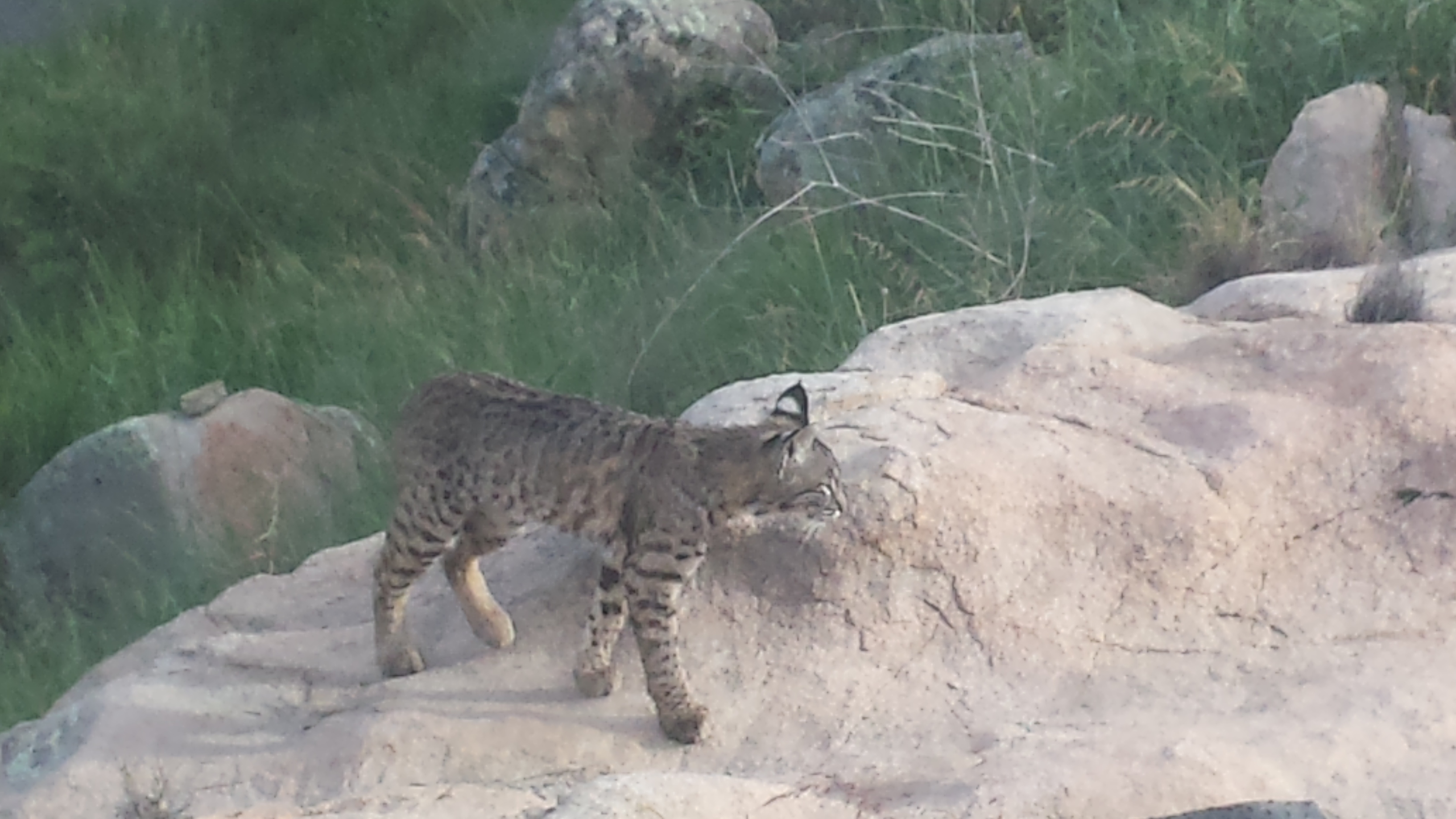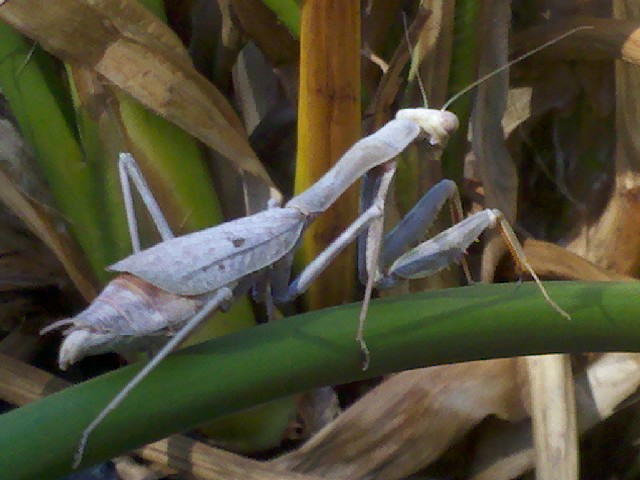
I’ve just been reviewing some information that I recently got from some _private_ land spraying in the national parks (overseen by the nps while refusing to give me any of _their_ data). But this tiny, tiny bit of actual info clearly brings up a second issue. Besides the actual pesticides being used, there are additives that are added to some of the pesticide cocktails called adjuvants.
These adjuvants are added, not by the pesticide manufacturers, but by the end user; specifically to: 1) increase adhesion (stickiness) of the product (to leaves or stems). 2) protect the product from evaporation. 3) keep the product from washing off due to rain or fog. 4) in other ways improve the effectiveness of the final product.

So an animal (ignoring that yellow warning tape 😊 and) walking, fleeing, or hunting through an area sprayed would collect significantly more of the pesticide mixture sticking to its fur, exoskeleton, or feathers (think of it as toxic honey that the animal rubs up against). Again, it can not shower or bathe, so must lick or preen it off; and would therefore receive a much higher _ingested_ dose of the toxins.
Virtually none of these toxins are adequately tested for mammalian, avian, or herpetofauna ingestion. Even simple skin contact for humans increases rates of cancer, Parkinson’s and many other diseases. Mountain lions, bobcats, birds, and many other endangered animals are certainly now dying of mange, cancer, Parkinson’s type diseases, and worse. I do not believe that the pesticide industry’s PR departments and sales people are adequately explaining all these issues to our national park administrators. Or to the nps’s ipm departments.
Hey “the nature conservancy” what toxins are you spraying?

